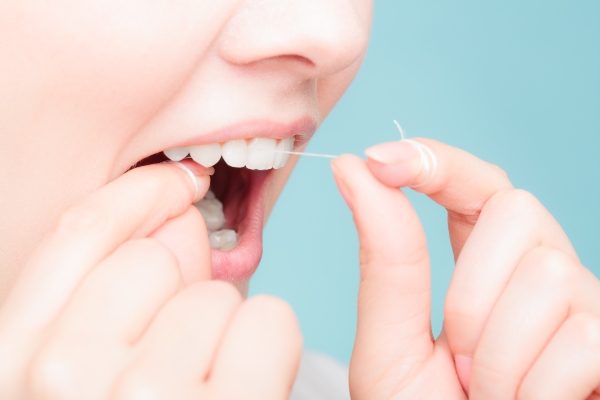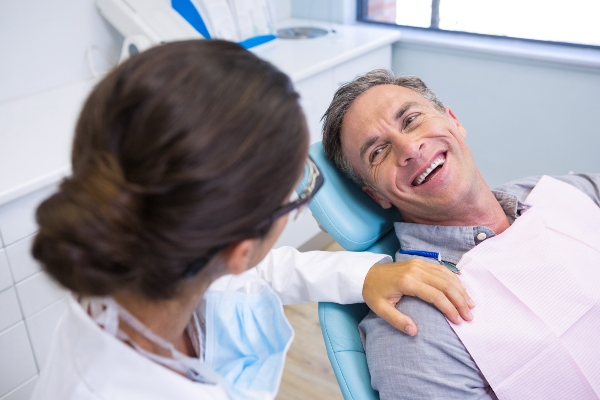 Though brushing your child’s teeth is one of the most important oral hygiene basics, flossing is just as vital. Pediatric dentists can work with parents to teach children how to floss properly, protecting their oral health for years to come. This article will cover how flossing can strengthen your child’s teeth, prevent gum disease, and benefit their overall health.
Though brushing your child’s teeth is one of the most important oral hygiene basics, flossing is just as vital. Pediatric dentists can work with parents to teach children how to floss properly, protecting their oral health for years to come. This article will cover how flossing can strengthen your child’s teeth, prevent gum disease, and benefit their overall health.
Why flossing is important
Removes plaque before it turns into tartar
Flossing is an essential part of one’s oral care routine because it removes plaque from the teeth. Plaque is a soft, sticky substance that bacteria create to protect themselves from being removed. When left on the teeth, plaque becomes a hard substance known as tartar (calculus). Tartar gives the teeth a stained and discolored appearance, and it can also build up around the gum line and increase a child’s risk of developing gum disease.
Brushing and flossing can remove plaque, but they cannot remove tartar. A pediatric dentist will use specialized dental tools to remove tartar without damaging the teeth.
Prevents severe gum disease
Since flossing removes plaque, it decreases a child’s chances of developing gum irritation and gingivitis. If gingivitis remains untreated, it can lead to periodontal disease. This is when bacteria in the gums travel into the bloodstream and other parts of the body, potentially leading to other health problems. Flossing stimulates blood flow to the gums, which can prevent inflammation. In addition, flossing stops plaque from eroding tooth enamel (the tooth’s outermost layer) and causing tooth decay.
Freshens breath and brightens smile
Another reason flossing is so important is that it can freshen one’s breath and improve the appearance of one’s teeth. While it may seem insignificant, small pieces of food trapped between teeth cause an unpleasant odor and bad breath. In addition, flossing once per day can improve the brightness of one’s teeth, giving the child a healthy, glowing smile.
Proper flossing techniques for children
Brushing one’s teeth is important, but it is not enough on its own. Each tooth has five surfaces, and a toothbrush can only make contact with three of them. The other two are on the sides of the teeth. Understanding how to floss properly is one of the most important oral hygiene basics, as it is the only way to clean these hard-to-reach surfaces at home. When teaching a child how to floss, show them how to:
- Wind the floss around the middle fingers and hold the line one to two inches taut with the thumbs and index fingers.
- Gently glide the floss up and down without scratching or bruising the gums.
- Curve the floss to form a C shape once it gets close to the gums to prevent it from making contact.
- Rub the floss against both sides of each tooth to remove plaque.
Children should floss at least once a day to keep their teeth in optimal condition. While it may be slow going at first, encourage them to take time to remove all the food, plaque, and bacteria. Their oral health will benefit from it in the long run.
Consult a pediatric dentist
From removing plaque to decreasing the risk of gum disease, flossing is an essential part of your child’s daily routine. For more help teaching your child about oral hygiene basics, schedule a visit with our pediatric dentist. Call us today to get started.
Request an appointment or call Hudson Valley Pediatric Dentistry at 845-363-4177 for an appointment in our Middletown office.
Recent Posts
Having a solid handle on oral hygiene basics will help preserve the integrity of a child's teeth and mouth health for many years to come. Steering clear of cavities, receding gums, or decay ensures their smile is bright and beautiful for as long as possible. If your child believes they already have an excellent oral…
When you and your child visit the dentist, you expect to get your child’s teeth cleaned and learn the current state of their dental health. However, many parents overlook the expertise dentists can provide about the important aspects of oral hygiene basics.In addition to caring for teeth, dentists can offer helpful recommendations for young patients…
In order to maintain your child's healthy teeth and gums, you should follow the oral hygiene basics recommended by a pediatric dentist. These practices, including brushing and flossing, should be done twice and once a day, respectively. However, it is common for children to forget to maintain these habits. Failing to observe oral hygiene basics…


